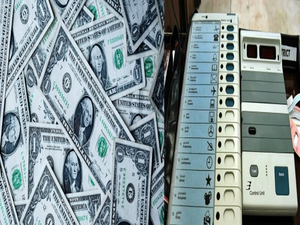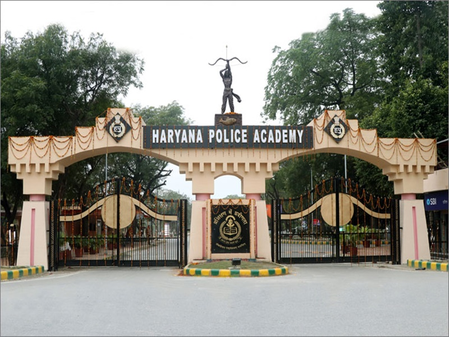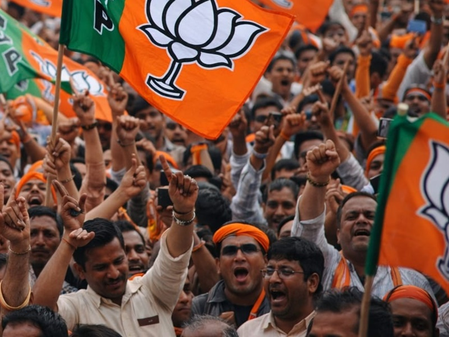
New Delhi, Feb 20 (IANS) The debate surrounding foreign influence on elections in India has drawn attention to the role of USAID funding, particularly its link to NGOs and media outlets with alleged ties to political agendas in the country. According to various sources, the funding patterns and its apparent shift during different governmental tenures have raised questions about the external and direct impact on politics in India.
Referring to data, sources say under the Congress-led United Progressive Alliance (UPA) government from 2004 to 2013, USAID funding to the government of India totalled $204.28 million.
“During this period, NGOs received a significantly larger share, amounting to $2,114.96 million,” sources added.
This funding came ostensibly to support various initiatives aimed at democratic development, education, health, and governance. However, many political quarters including BJP view the purpose of the funding as nothing but to influence the election in the country.
Sources share that funding pattern saw a stark shift after the National Democratic Alliance (NDA) came to power in 2014.
By 2015, the Indian government’s share of funding had drastically reduced to just $1.51 million. In contrast, NGO funding surged, with the amount reaching $2,579.73 million.
This shift in funding focus has been cited by critics as indicative of a growing external influence on India’s civil society organisations and their role in shaping political discourse.
One significant spike in USAID’s funding occurred in 2022, particularly in the “Democracy, Human Rights, and Governance” sectors.
This coincided with Congress leader Rahul Gandhi’s high-profile Bharat Jodo Yatra, a political movement that sought to challenge the ruling BJP government and connect with “disillusioned” voters across India, sources said.
According to sources, the timing of this funding increase suggests that foreign-backed entities may have been indirectly involved in promoting narratives critical of Prime Minister Narendra Modi-led government.
Although USAID officially ceased funding the Indian government after 2015, their influence continues to be felt through key NGOs that have received substantial financial support, sources added.
Organisations and entities such as Catholic Relief Services, which received $218 million, and CARE International, which was allocated $208 million, are some of the largest recipients.
These NGOs have been linked to various advocacy and political campaigns in India. The Open Society Foundations (OSF), with a reported $47 million, has also been noted for its involvement in publishing reports critical of PM Modi-led administration.
In addition to funding, another area of concern has been the media’s role in shaping political narratives.
Organisations like InterNews, which received USAID support, have reportedly trained Indian journalists through programmes backed by USAID, say sources.
“These initiatives aimed to influence media coverage, particularly around critical issues that could impact the political narrative in the country. Reports suggest that these trained journalists have played a role in amplifying narratives that challenge the current government’s policies.
“There was a systematic attempt to influence the 2024 general election to ensure alternate outcome. This is just a small slice of the larger conspiracy,” says BJP leader Amit Malviya.
The relationship between USAID, NGOs, and Indian political narratives has drawn sharp criticism from political factions, particularly from the BJP.
Critics argue that foreign-backed organisations are trying to sway public opinion and influence the electoral process by funding specific groups and media outlets that align with their objectives.
The growing narrative on caste issues, particularly the push for a caste census, has been cited as an example of how external funding and media support may be shaping public debates. These interventions are viewed as part of broader international efforts to meddle in India’s sovereign political processes.
–IANS
brt/pgh




